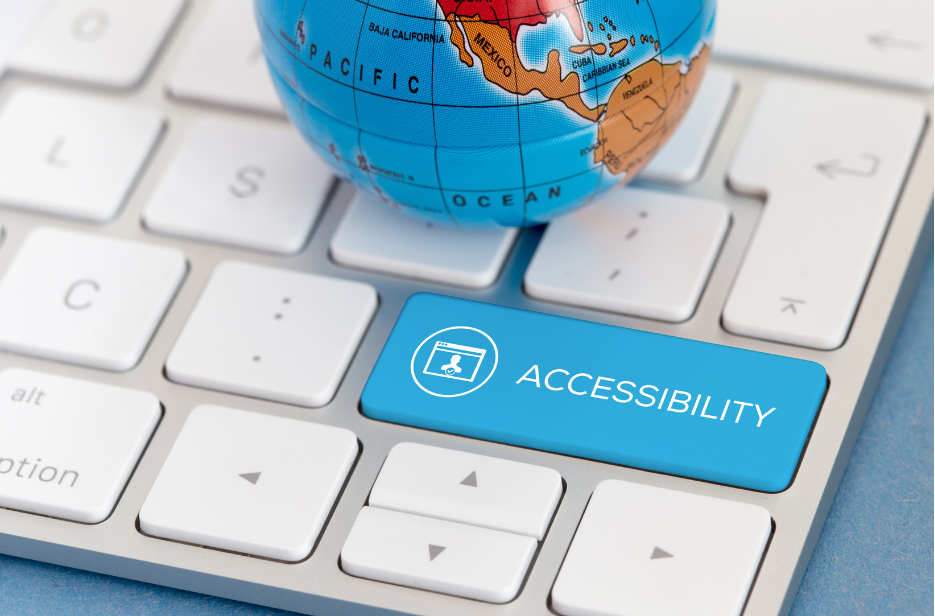Global Accessibility Awareness
The purpose of Global Accessibility Awareness is to increase awareness of access to digital resources, awareness of the significant amount of people with disabilities and impairments, and awareness of the way we can all include those people in the digital world.
What is Digital Accessibility?
Digital Accessibility is the ability of all people, including those with disabilities and impairments, “to experience web-based services, content, and other digital products with the same successful outcome as those without disabilities.” Home – GAAD (accessibility.day)
Who Experiences Exclusion from Digital Content?
More than 1 billion people on Earth have disabilities threatening their access to first-rate digital experiences.
A study done by WebAIM in 2020 indicated that 98.1 % of home pages had at least one Web Content Accessibility Guidelines (WCAG) 2.0 failure and that the average number of errors on each home page was 60.9.
What Type of Disabilities Create This Barrier?
There are four basic categories:
-
- Visual. Individuals who have a visual impairment develop facile use of digital technology if they have the right modifications. These include alternative text descriptions for meaningful images and the use of the keyboard to interact with interactive elements.
- Hearing. People who are deaf and hard of hearing (HOH) need closed captioning for video presentations and Zoom sessions, and visual indicators and directions rather than audio cues.
- Motor. Those with motor impairments will need alternatives that meet their individual needs such as alternative keyboards, speech or eye control, and adaptive hardware.
- Cognitive. Persons with cognitive impairments benefit from plain, direct language, simplified screens, and consistent navigation.
How Can You Help Increase Digital Accessibility?
-
- Caption your videos. If you can’t do captioning, create a transcript. Use Google for YouTube videos and 3Play Media for Vimeo.
- Create and post blogs about digital accessibility and how to enhance it.
- Make a video that demonstrates how to use assistive technology. Post it on social media.
- Web designers can utilize free tools to assess whether their pages are accessible. One popular tool is WAVE, the Web Accessibility Evaluation Tool from WebAIM. Click here to download: https://tinyurl.com/2auxvew2
Having difficulty getting equal access to programs for your student? Contact a lawyer at SGW today to discuss your legal and educational rights.
609-409-3500


